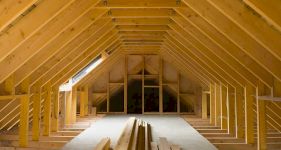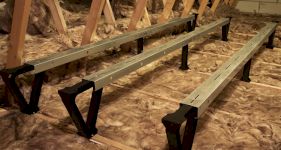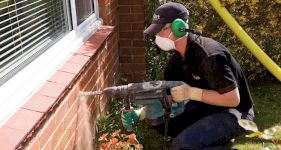Floor Insulation Guide
Are you looking for information about floor insulation? Well, you've come to the right place.
In this guide, we will go over everything you need to know about floor insulation, including the different types of floor insulation, the pros and cons of installing it, the price of installing floor insulation and the questions to ask when looking for a floor insulation specialist.
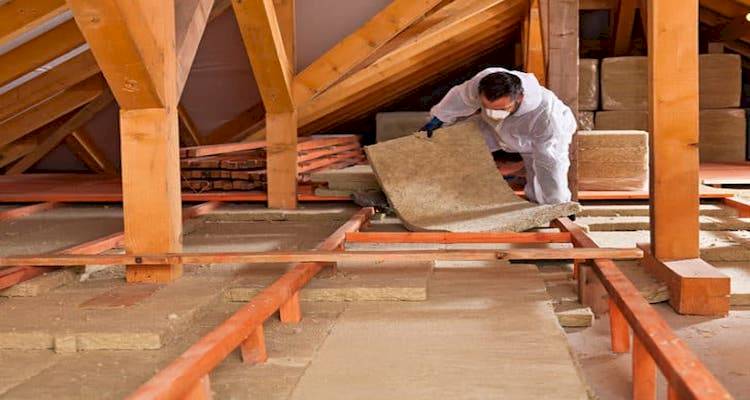
Table of Contents
- What is Floor Insulation?
- Types of Floor Insulation
- What Are the Pros and Cons of Floor Insulation?
- How Much Does It Cost to Install Floor Insulation?
- How to Insulate a Floor
- How Long Does It Take to Insulate a Floor?
- Building Regulations or Planning Permission Approval for Floor Insulation
- Floor Insulation Repairs
- Questions to Ask When Hiring a Floor Insulation Specialist
- FAQs
- Sources
What is Floor Insulation?
Insulating a floor involves installing a type of insulating material beneath the floorboards. This then reduces the amount of heat that is lost through the floor. It's thought that around 15% of heat is lost through the floor. Insulation also helps to prevent draughts from coming through the floorboards.
Installing floor insulation can help to reduce your energy bills as you won't need to spend as much to heat your property to make up for the lost heat through the floor. Insulation is most commonly installed at the same time as installing a new floor; however, it is possible to install new insulation to existing floors.
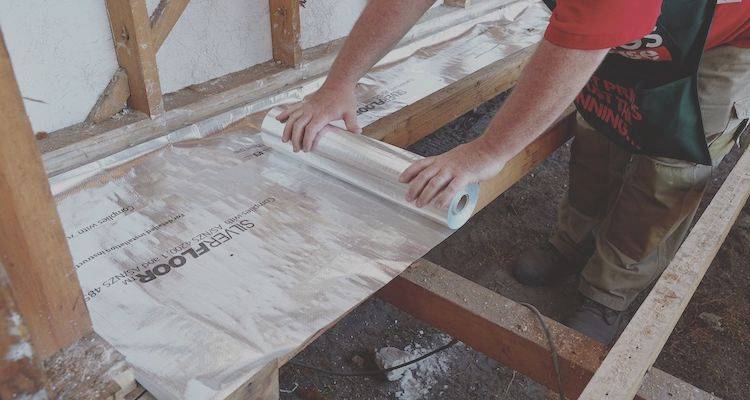
Types of Floor Insulation
There are several different types of floor insulation. Below is a list of the different types and the pros and cons of each type:
Insulation Boards
Expanded polystyrene sheets (EPS sheets) are one of the best types of insulation for the floor. Polystyrene floor insulation is not only easy to install but also has a very high insulation value.
Insulation boards must be fixed to even ground, and they are pressure-resistant. This means that the floor won't crack or collapse.
PROS
✔ One of the best floor insulation types
✔ Very high insulation value
✔ Easy to install
✔ Pressure-resistant
CONS
✖ Must be installed to even ground
Polyurethane Spray
Polyurethane spray has the best lambda value of all of the different floor insulation types. It has a very good seal, and it easily excludes every single hole for irregularity.
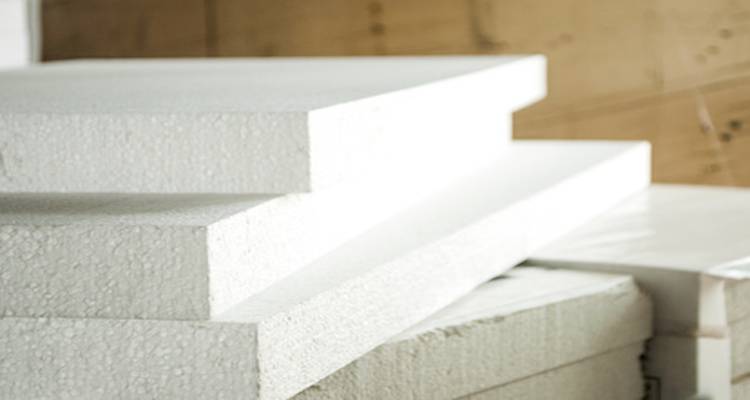
Unfortunately, it's not possible to install this type of insulation yourself. With this in mind, this type of insulation tends to be more expensive than others.
The main advantages of this type of insulation are the very fast installation times and the choice of different floor insulation thicknesses.
PROS
✔ Bed lambda value of all floor insulation types
✔ Fast installation
✔ Choice of floor insulation thickness
CONS
✖ It can't be done as a DIY job
✖ Expensive compared to other floor insulation types
Insulating Screed
Insulation screed or insulation concrete is made up of a combination of cement and insulating materials. This insulation material usually consists of polystyrene granules that have a diameter of around 0.1 to 0.25 inches.
The insulating screed must always be installed with some other form of insulation to get a good insulation value.
PROS
✔ Easy to install
✔ Choice of floor insulation thickness
CONS
✖ It needs to be installed with another insulator for good insulation value
What Are the Pros and Cons of Floor Insulation?
There are several pros and cons to installing floor insulation at your home. The list below highlights the main advantages and disadvantages of floor insulation.
PROS
Save on Energy Bills
When you get floor insulation installed, you can prevent some heat from leaving the room through the gaps in the floorboards.
This means that your room will stay warm for longer, and you won't need to keep your heating on for as long or as high to maintain your desired room temperature. This means that you can save money on your energy bills.
Keep the Home Warmer
Since less heat is lost, you can keep your home much warmer by installing floor insulation. Floor insulation stops heat from leaving the room and keeps more heat inside the room, similar to how wall and ceiling insulation works.
Increased Home Value
Underfloor insulation is a favourable addition to the home. When you come to sell your home, potential homeowners will look fondly on your underfloor insulation due to the energy savings that come with it. Buyers will likely pay more for a home that comes with this added benefit.
CONS
Costs
As with any addition to the home, installing floor insulation does come with some upfront costs. You will need to pay to have insulation installed under your floors.
However, you will save money on your energy bills and over time, this will make your initial investment worth it.
Disruptions During Installation
Most people will get their floor insulation installed at the same time as a new floor for the least amount of disruption.
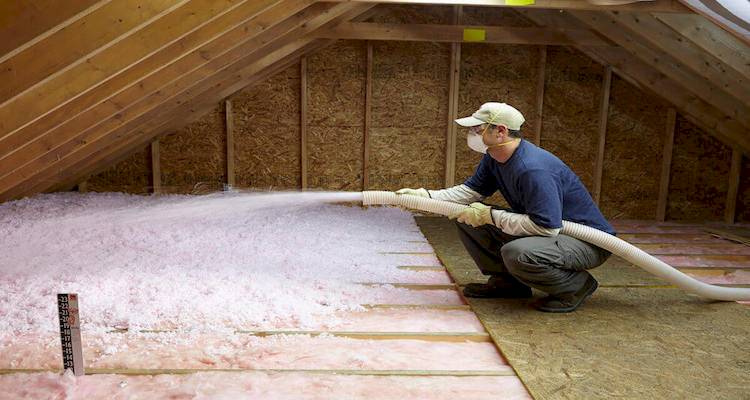
However, if you are looking to add insulation to an existing floor, this may be disruptive as you'll have to pull up the flooring before the installation and then re-install your floor once the insulation has been put in.
How Much Does It Cost to Install Floor Insulation?
The cost of insulating a floor will depend a lot on the type of insulation that you use. However, as a rough guide, the average cost of most floor insulation jobs will be between £85-£110 per square metre.
This works out to around £770 for a small room and up to around £1000 for a larger room.
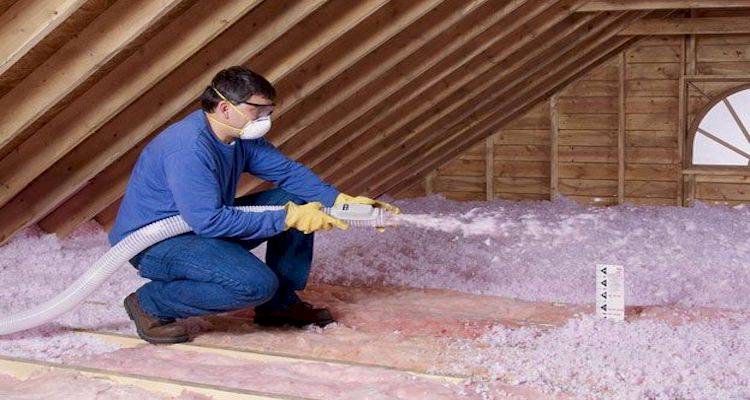
The costs may vary depending on the type of floor insulation, the size of the room, and the type of floor you have. The cost for this type of home improvement is quite reasonable compared to some other home improvement jobs.
Floor insulation requires an upfront investment. However, it will usually pay for itself within 2-3 years.
How to Insulate a Floor
Floor insulation can be installed either at the time of the flooring installation or as an addition to your flooring at a later date. If your insulation is being installed at the same time as your floor, this makes the job considerably easier.
If you have your insulation installed when your home is built, you may have the option to get cheaper insulation installed.
If you are installing insulation after your flooring has already been built and installed, then there will be fewer options available, and the whole process is likely to be more expensive and take much longer to complete. This is because the floor will need to be taken up before you can install the insulation.

The job basically entails lifting up the existing floor, adding your insulation material, replacing the flooring, and then finishing the area off if anything needs to be altered. The job may become more difficult if the floor is solid and needs to be raised or if any other work is necessary.
When fitting flooring insulation, the U-value needs to be taken into account. This determines how much insulation should be installed.
Below is a brief overview of the steps that need to be taken when installing floor insulation:
- Preparation – The floors will need to be prepared as needed. The type of preparation needed will usually depend on the material of the floor. All flooring should be pulled up, and any dust and debris should be cleared away before you start the installation.
- Prime the floor – Before installing the insulation, the floor base will need to be primed. The priming method will depend on the type of floor base. However, most will involve applying a sealant to prepare the base for insulation adhesive.
- Lay down your insulation boards – For the best results, you should lay your insulation boards in a staggered design. This will strengthen the integrity of the floor. Ensure that the boards are securely fixed to the floor base. Use waterproof tape to seal the joints between each of the boards. If you are using a different insulation method, you should complete this installation according to the manufacturer's instructions.
- Lay the upper membrane – This part of the installation will involve laying an upper layer such as a liquid screed. The type of upper layer you use will depend o your type of flooring and the method of insulation.
If you are on a tight budget, then installing floor insulation can be done as a DIY job in most cases. However, many people prefer to hire professionals as certain building regulations must be followed in order to make the insulation safe.
How Long Does It Take to Insulate a Floor?
The time it takes to insulate your floor will depend on several factors, including the room's size, the type of insulation that is being installed, the type of flooring in the room, and the number of contractors working on the job.
On average, it will take around 2-5 days to add floor insulation to an average-sized room. This includes removing the existing floor, installing the insulation, sealing everything, and re-installing the top flooring.

The fastest insulation method is the installation of insulating boards. These boards are the easiest type of insulation to install and, therefore, can be completed in the fastest time. When installing this type of insulation, you may be able to complete the work within a day if the room is small.
Building Regulations or Planning Permission Approval for Floor Insulation
If you are the homeowner, it is your responsibility to ensure that all building work complies with building regulations. This applies when installing floor insulation. You won't usually need to worry about planning permission for this type of work.
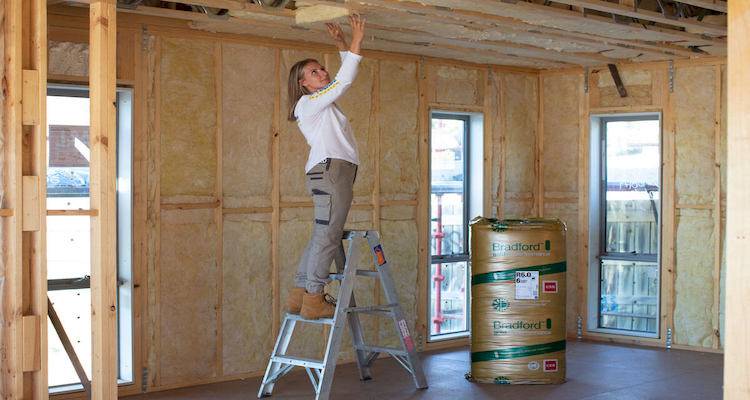
When it comes to floor insulation, you must ensure that the rooms on your ground floor meet the minimum room heights as highlighted in building regulations. You must also achieve the minimum U-value with your insulation, and you need to take certain steps to minimise any risks of fire. You will usually need to insulate to at least 0.25W/m2K to meet building regulations.
It's a good idea to seek advice from your local council or a building control officer before carrying out the work if you're unsure of the rules. If a contractor is carrying out the work for you, they will usually be aware of the correct building regulations. However, it's still a good idea to check just to ensure that it is your responsibility at the end of the day.
Floor Insulation Repairs
Below is a list of common underfloor insulation repairs and how to carry out the work:
Moisture Repairs
In a worst-case scenario, you may end up trapping moisture from spills or condensation up against the floorboards and timbers if you use hydrophobic insulation. This can lead to rotting. In this case, you will need to replace the rotting timbers as these can be dangerous and may lead to mould, which is bad for your health.
Once you've changed them, you should then take measures to seal the flooring to prevent any moisture from getting down underneath the floor.
Uneven Insulation
In some cases, if the insulation hasn't been installed correctly, you could end up with bumps or dips in the flooring where the insulation has moved or compressed. If this is the case, you may need to lift the affected areas of flooring and add or move insulation materials as needed.
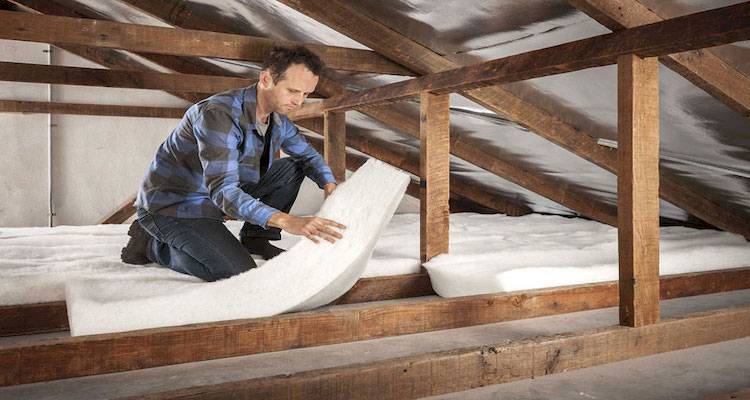
Questions to Ask When Hiring a Floor Insulation Specialist
You may need to consider several things when finding the right contractor to install your underfloor insulation for you. Below is a list of common questions that you should ask when looking for the right contractor for the job:
- Does the contractor have any qualifications that relate directly to installing floor insulation?
- What equipment will the contractor be using to complete the job? Will they be using the correct type of equipment? Do you need to provide any equipment?
- Does the contractor possess any form of insurance for the work? You should look for contractors who have insurance that covers property damage, personal injuries, and a work guarantee.
- How much experience does the contractor have in installing floor insulation? Can they provide any testimonials or evidence of previous work? Can they provide photos of previous work?
- Does the contractor offer any guarantees with their work? How long does the guarantee last? What issues are covered under the guarantee? Will the contractor fix any issues that arise?
FAQs
How does floor insulation work?
What type of floor insulation do I need?
For example, if you are installing underneath floorboards, then a soft material will usually work best as this can be fed between the gaps in the joists.
For concrete floor insulation, foam boards are usually your best option as they are easy to lay and aren't too thick. If you are unsure of which insulation would work best for your particular floor, it's a good idea to speak to a professional.
How do I maintain my floor insulation?
What other ways can I insulate my floor?
Can I insulate under an existing floor?
Sources
https://www.thegreenage.co.uk/tech/floor-insulation
https://www.insulation-info.co.uk/floor-insulation
https://underfloorheatingexpert.com/floor-insulation-installation-guide
https://www.cse.org.uk/advice/advice-and-support/underfloor-insulation
https://www.eco-home-essentials.co.uk/underfloor-insulation.html
https://www.insulationexpress.co.uk/guides/insulation/floor-insulation-guide



